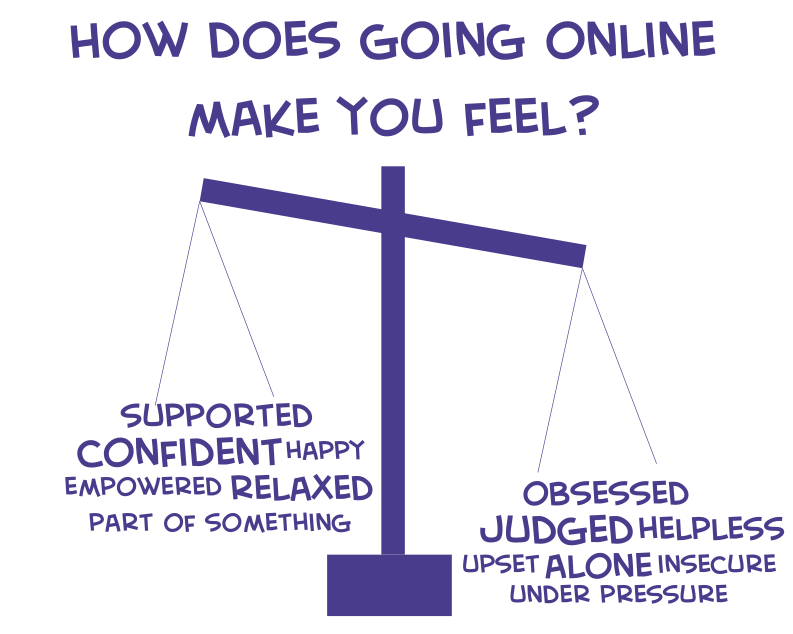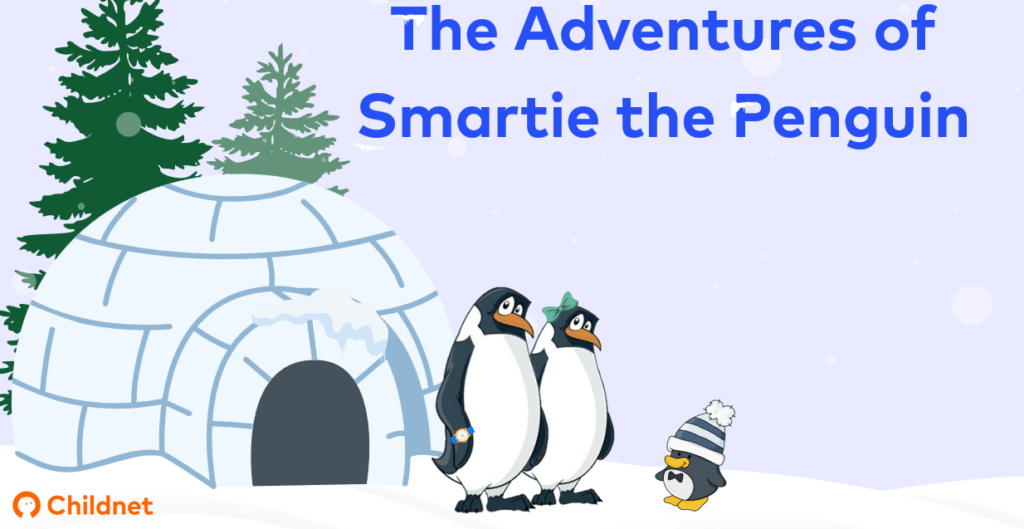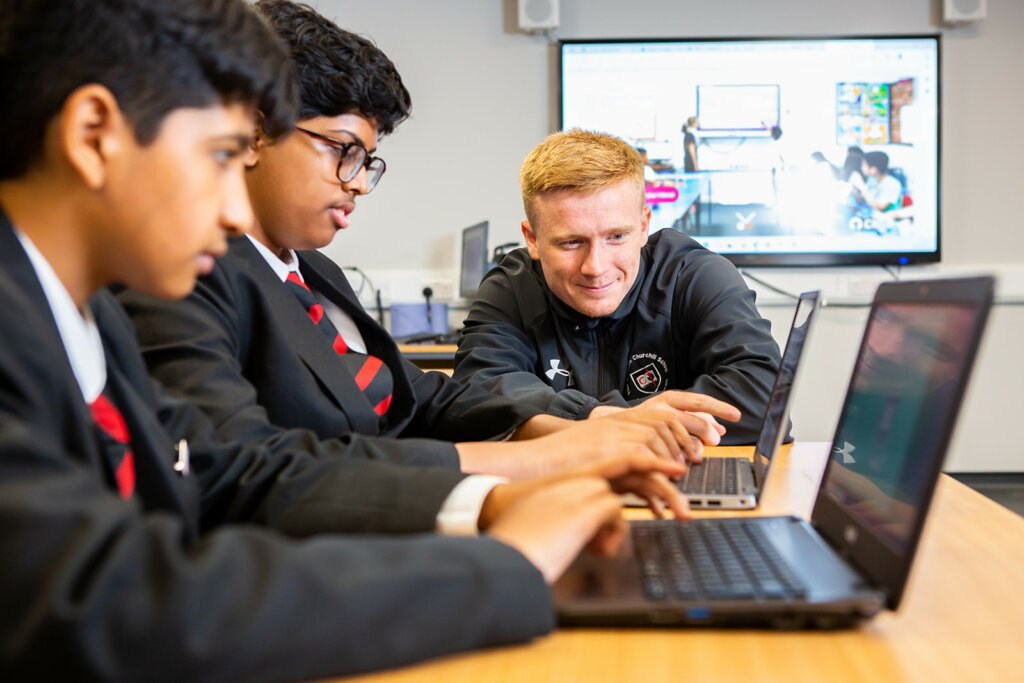Digital resilience is a key skill that we want young people to develop. As part of Childnet’s work in the UK Safer Internet Centre we have created a new lesson plan to help young people aged 11-14 manage their lives online and to help others.
What is Digital Resilience?
Digital resilience is the ability to bounce back from setbacks or negative experiences online. Whilst young people enjoy going online not all of their experiences are positive. They could have received a mean comment on something they posted, be feeling bad about the way they look, or they could have been excluded from a group chat. Whatever has happened it is important that young people know what to do next and where they can go for help.
Digital resilience gives young people the ability to recognise when going online is having a negative impact and the strategies to effectively bounce back and recover. If a young person realises that going online is not making them feel supported, empowered and happy we want them to have a variety of techniques and people that they know they can turn to.
Taking a closer look at the resource.
The Digital Resilience resource is a lesson designed for use with 11-14 year olds, but with adaption it can be used with younger or older pupils.
Contained in the resource there is a lesson plan with appendices for all of the activities and an accompanying presentation. To help educators to deliver this lesson effectively there is also an educator guidance document.

What will young people learn from the resource?
Young people will learn what resilience is. The starter activity asks them to identify which ball is more resilient and challenges the idea that resilience is about being tough and impenetrable.
As they progress through the lesson young people will examine how being online makes them feel and develop a variety of strategies to help themselves and support their friends. The final activity is one where learners work together to create a toolbox of approaches for display in a corridor or classroom to help anyone who needs it.
How much time is needed to deliver this resource?
To deliver in its entirety the lesson takes an hour, however the lesson plan can be split up and delivered over the course of a week in registration or tutor time.
There are also extension activities which can be used to spread the learning beyond one lesson and beyond the classroom. The extra activities include a task to teach positive commenting and a creative writing task that could be set for homework.
Whilst we want young people to go to an adult if something happens online that upsets them, we know they are more likely to talk to a friend first. This lesson is designed to help them to think of what they would do if they were having a hard time online and how they could help others.
Please email education@childnet.com with any feedback you have.


